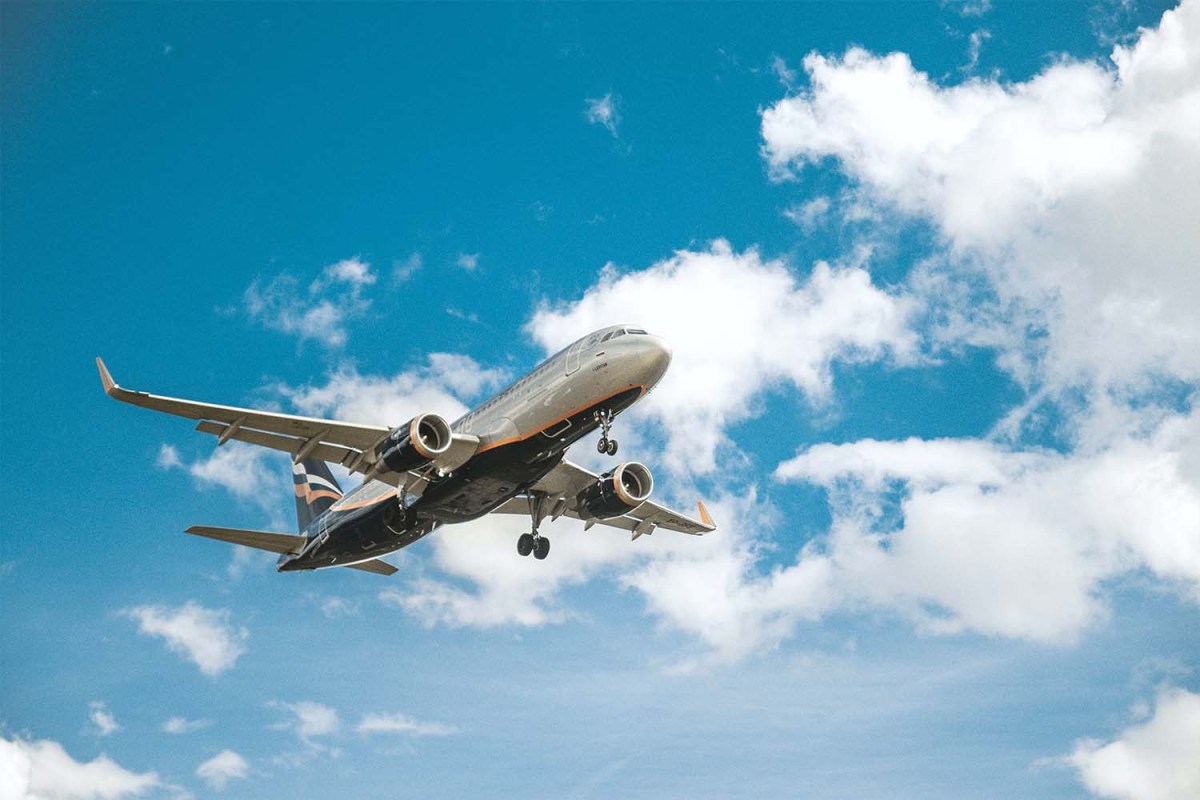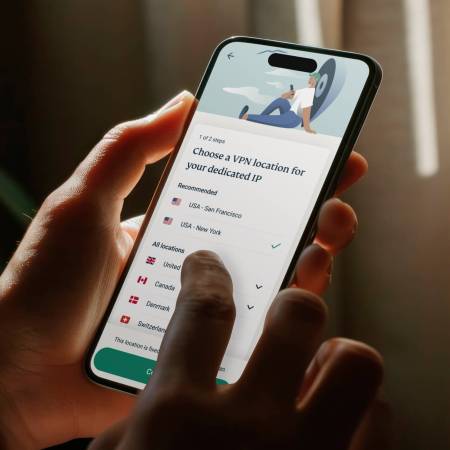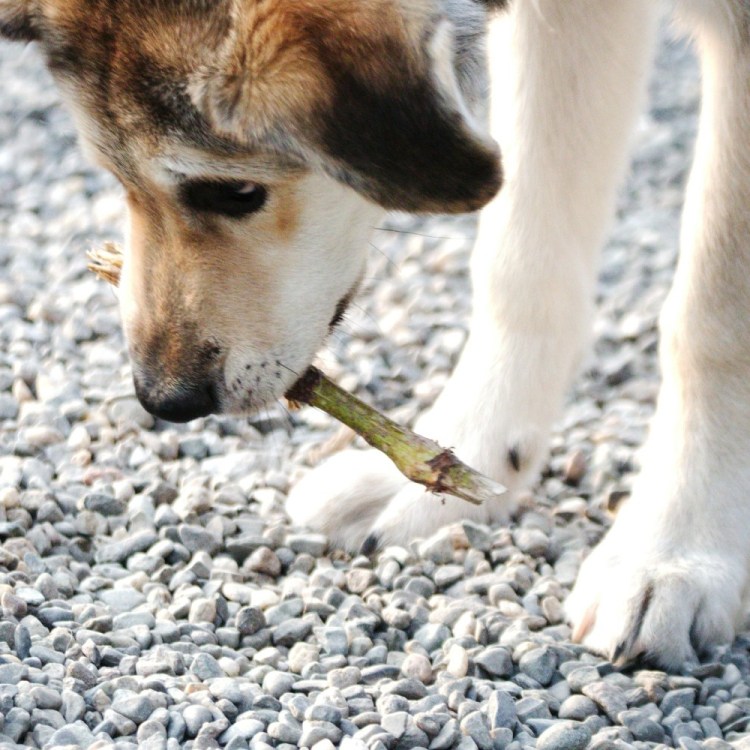This week, the CDC officially issued a Level 2 advisory for travelers as monkeypox spreads, urging them to “practice enhanced precautions.”
“Risk to the general public is low, but you should seek medical care immediately if you develop new, unexplained skin rash (lesions on any part of the body), with or without fever and chills,” the advisory reads. This comes after the news that Canada, too, has issued a Level 2 travel advisory — “a level 2 travel health notice indicates an increased risk to travellers or certain groups of travellers (for example, pregnant women, campers, people visiting friends and relatives) and reminds them to practise enhanced health precautions” — and Belgium announcing that travelers with monkeypox would be required to quarantine for 21 days, or until their sores subside.
Seen this movie, roll credits.
The good news (or bad news, depending on how you look at it): The Level 2 distinction puts monkeypox in the same category as yellow fever in Nigeria and Ghana, and polio in other countries including Uganda and Senegal, as Sarah Kuta points out. In other words, this isn’t exactly a COVID situation. But that doesn’t mean we shouldn’t be exercising precaution where travel is involved, either. At the time of writing, there are 1,200 confirmed cases of monkeypox worldwide, with upwards of 100 confirmed cases in Spain, Portugal, Germany and Canada, and north of 300 in the U.K. In the U.S., there have been 39 confirmed so far.
Per the CDC’s admonition, travelers should:
- Avoid close contact (including sexual contact) with people who are sick or have a rash and contaminated items
- Wash your hands
- Avoid [wild] animals when traveling
For the uninitiated, monkeypox isn’t a novel virus like SARS-CoV-2. To the CDC’s last point, it’s not unheard of for people to contract monkeypox from animals, specifically rodents. In fact, according to the CDC’s website, it’s been happening for decades. The first two outbreaks of a pox-like disease that occurred in colonies of monkeys kept for research (ergo monkeypox) happened in 1958 — twelve years later, in 1970, the first human case of monkeypox was recorded in the Democratic Republic of the Congo with symptoms including a distinct bumpy rash, fever, headaches and muscle aches.
And it’s not atypical for travelers to contract monkeypox, either. According to USA Today, several people arrive in the U.S. and Europe with monkeypox annually. The difference now, however, is the higher rate of person-to-person transmission, which is what hasn’t been seen before now.
This particular strand of the virus is being transmitted by “close contact with lesions, body fluids, respiratory droplets and contaminated materials such as bedding,” per the World Health Organization. Further, it appears that, based on several of the confirmed cases, it is being spread through sex. In other words, you’re probably not as likely to catch monkeypox on a plane — or at an airport — as you would, say, COVID. (Unless you’re having sex at the airport.)
And while travel restrictions aren’t imminent, they certainly are possible, evidenced by Belgium’s quarantine measure. At one point, we were all unaware that COVID was going to be an international emergency, either, but alas — more than two years later — here we still are. So be cognizant.
The Charge will help you move better, think clearer and stay in the game longer. Subscribe to our wellness newsletter today.

















